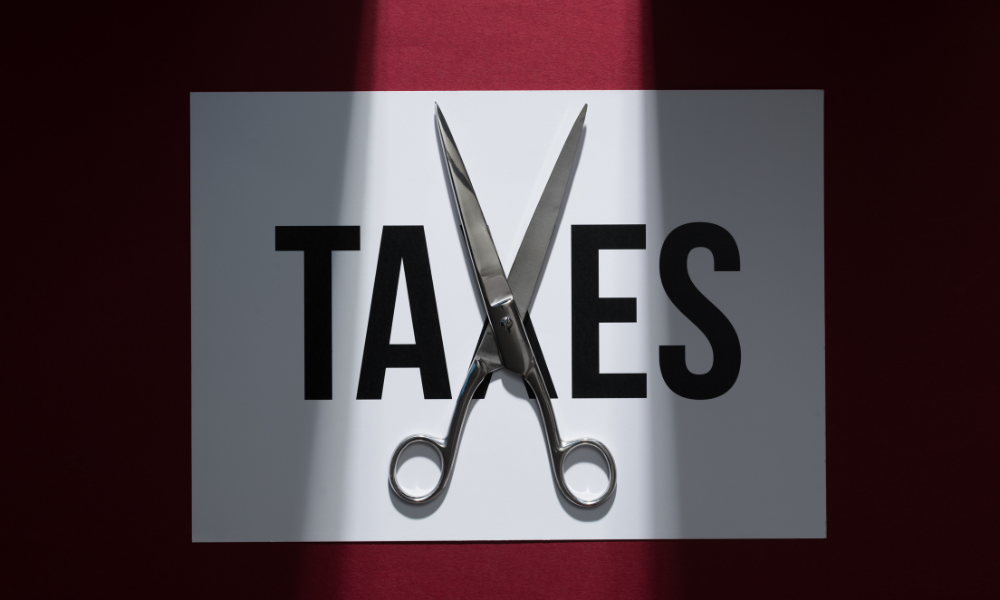Tax cuts may be a less effective way to address affordability says insolvency specialist

With a federal election campaign come promises. Politicians vying for votes will lay out sets of promises within their platforms aimed to engender a positive response from the voting public. Often couched in language of policy and economic impact, these promises can often boil down to offering voters more money. The most ubiquitous of these promises are tax cuts. In this election the two leading parties — the Liberal and Conservative parties — have each offered a tax cut. The Liberals are promising a one per cent cut to income tax rates while the Conservatives are promising a roughly 2.25 per cent cut. Both cuts are framed a way to help ameliorate the cost-of-living crisis and stimulate the economy. Francisco Remolino argues that these cuts may have less of a positive impact than their proponents would have voters believe.
Remolino is the principal and licensed insolvency trustee at Remolino & Associates in Toronto. He explained that while tax cuts can do some good by letting taxpayers keep more of their money, they may be less well suited to today’s economic instability than policies aimed at improving the supply of key goods like housing. He explained, too, why some advisors may want to look somewhat sceptically at tax cut promises despite the immediate short-term benefit they may have for higher earning clients.
“Tax cuts are good in principle, but we have to look at the extent of who will be affected and how they will actually turn into more money for people,” Remolino says. “When we look at cuts for the lowest bracket, we see people already paying very little in taxes. Many of the middle class tax cuts which have been promised are meant to address the high cost of living. A tax cut will bring people a certain amount of additional money, but that might not keep up with the pace of many price increases. We get drawn into the sound of these proposals, but I think we really have to push more into the policies behind these tax cuts.”
As a tool to address the cost of living crisis, Remolino accepts that tax cuts address more of the demand side of most issues, rather than solving for some acute supply issues in certain key goods that have kept prices high. While the two major parties differ somewhat significantly on the amount of tax they would cut if elected, Remolino thinks observers and stakeholders should be looking more closely at other policies that might support the goals stated in those tax cuts.
Rather than just cuts, Remolino believes that increases in tax credits, housing credits, and deeper social assistance programs can be more effective ways to help the lowest earners in Canada. For more middle-income Canadians Remolino believes that supports to education, especially reducing the cost of education, as well as ways to lower the cost of energy and housing can make a significant difference in increasing affordability and socio-economic mobility.
“When we talk about tax cuts its important to understand how much tax we were paying in the first place,” Remolino says. “The direct impacts are based on who the cuts are for and how they could turn into an actual benefit for the people they’re intended to help.”
Even for financial advisors, whose clients tend to come from higher earning brackets, Remolino believes there should be some element of reticence around tax cut promises. He highlights the issue of significant personal debt levels, which tax cuts alone may prove too blunt of an instrument to address. Moreover, these promised cuts should also be viewed in the context of spending plans and deficit levels, given the relationship between bond markets, interest rates, and the total issuance of government debt.
“I think it’s important to understand that tax cuts are beneficial in principle, but what goes beyond that is whether other policies will cement the benefit of that tax cut once it has been implemented,” Remolino says.



